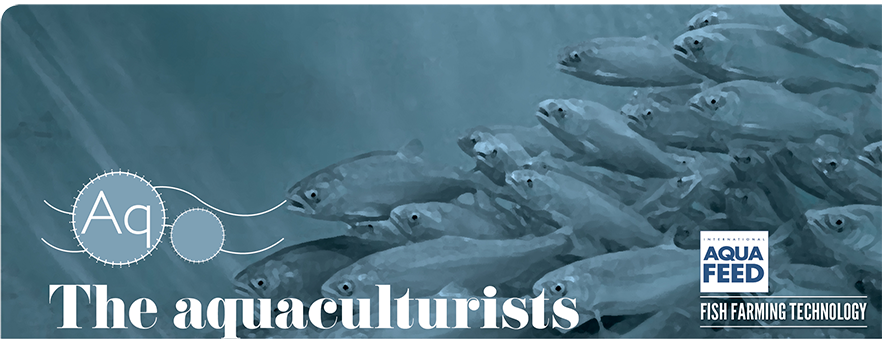September 29, 2023 - Commercial and recreational water users in Co Tyrone are being urged to enhance their biosecurity measures after tests have confirmed an outbreak of Crayfish plague in the Upper Ballinderry River catchment.
A number of dead native white-clawed crayfish (Austropotamobius pallipes) were discovered during routine freshwater invertebrate monitoring surveys along the stretch of the Upper Ballinderry River at Ardtrea Bridge between Cookstown and Coagh earlier this month.
NIEA's invasive species specialist, Rose Muir, said tests have confirmed the crayfish kill was caused by an outbreak of Crayfish plague (Aphanomyces astaci), which is a type of water mould.
"Such outbreaks are characterised by significant moralities of native crayfish without any apparent effect on other aquatic organisms. The disease is harmless to people, pets, livestock and all other freshwater organisms," said Rose.
"This organism has the potential to severely damage the crayfish population and removes a key species from the eco system which can affect other species who rely on it, thereby causing an ecological imbalance in the river.
"We are urging all water users in this area to take extra precautions and observe the 'Check, Clean, Dry' biosecurity protocols after leaving the river or before returning to it again."
The advice is to:
- Check your equipment and clothing for living organisms. Pay particular attention to areas that are damp or hard to inspect.
- Clean and wash all equipment, footwear and clothes thoroughly. If you do come across any organisms, leave them at the water body where you found them.
- Dry all equipment and clothing - some species can live for many days in moist conditions. Make sure you don't transfer water elsewhere.
This is only the second confirmed outbreak in Norther Ireland with the last one on River Blackwater in 2018.
If you come across dead crayfish in the area, the advice from NIEA is to report but not touch any dead fish.
"The disease tends to move upstream, but at this location it is already quite high up the catchment, so there may be moralities further downstream. Our field staff will be checking for, and collecting, dead crayfish to establish the extent of the outbreak.
"In the meantime, we would ask anyone who finds infected crayfish to provide details of the location, images and any other details to the nvasive Non-Native Species Team at invasivespecies@daera-ni.gov.uk or Tel: 028 9056 9558. Non-native invasive species such as American signal crayfish should be reported at National Museums NI website,” added Rose.
The Aquaculturists


No comments:
Post a Comment